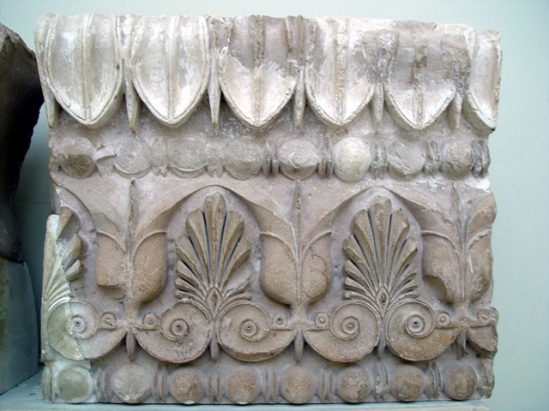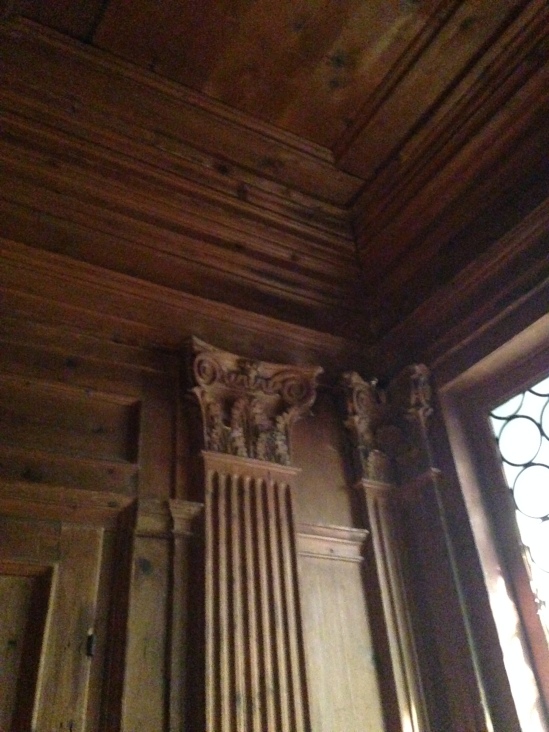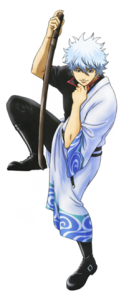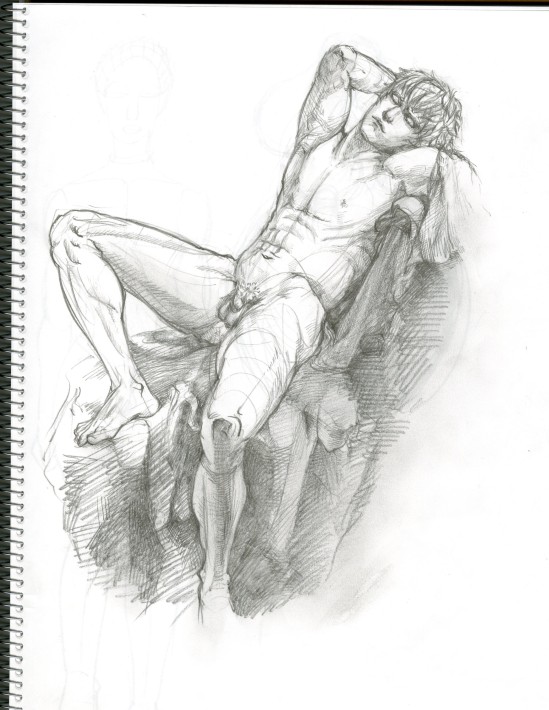Formal Break-down of Parthenon
This is the Parthenon temple. Its columns are of Doric order. From bottom to top, we can see no bases beneath the columns. There are less ornamental vertical grooves in a Parthenon column than an average Ionic column. Each top of the columns has a compressed-pillow shaped work. Also, we see the frieze separated by multiple decorative sculptures.

Iktinos, Kallikrates, Parthenon, 447 BC- 438 BC, Classical Temple, Marble and Paint, 69.5 x 30.9 m x 13.72 m (228 by 101 ft by 45.0 ft), Athens, Greece
LINE & SHAPE
Everything is in the order of vertical, horizontal or symmetrical. We see many vertical lines made by sharp ridges on the vertical Doric shafts. The overall curves of the columns’ apparel help giving us a dignified impression of this temple, besides the fact that the squat Doric form does seem very heavy. Maybe this fine upward curvature also allows the temple to reinforce itself against earthquakes better. The corner column of the colonnade has been placed leaning in deliberately to fight against the visual distortion of humans’ eyeball. This is a very impressive line trick using perspective. Upon the colonnade vertical lines, we see a horizontal rectangle capped with a symmetrical flat triangular pediment. The form of lines creates a very stable and sacred feeling of this architecture.
TEXTURE & COLOR
The temple used to be painted with loud colors and tarnished over thousands of years. We see it as plain white marbles today, which means the values cast by light mirror all the texture details on the temple. There are a lot of decorative Classical-Age Greek sculptures around Parthenon. Their perfect faces and gestures reflect the order of the universe.
SCALE
The columns of the Parthenon are indeed 8 columns across the front and 17 down the side which is n:2n+1 ratio. The scale and dimension of this temple follow the golden ratio which is (symbol is the Greek letter “φ”) a special number approximately equal to 1.618. The scale of the sculptural figures on the surface of the pediment follows the outer shape and varies sizes and gestures according to the height.
SPACE
The Parthenon today is much more spacial than it was when just being built, since it is now broken and open. Yet in those old days, people can still get into the temple from all sides. Their design is all about the ultimate philosophy. Reading from the Parthenon plan map, I can tell that the space design is simple, straight and monumental. (See below)

order and plan map from book by John Boardman, John, Greek Art, Thames and Hudson Publishing,ISBN 0500202923
Research on Capitol Motifs
I studied Egg-and-dart, Leaf-and-dart, Bead-and-reel, Lotus-and-palmette. Here are images of examples below.
Egg-and-dart, Bead-and-reel
The lower fragments are the better preserved egg-and-dart moldings surmounting the bead-and-reel motifs.

Fragment of an anta (pilaster) capital from the Temple of Artemis at Sardis, Marble, ca. early 3rd century B.C., A 57″ x22″ X24″ approx. weigth 2,600 lbs B 63″x 22″X16″ approx. weight 1,500 lbs,The Metropolitan Museum of Art
Leaf-and-dart, Bead-and-reel, Lotus-and-palmette
They are placed together on the crowning molding in the carved frieze fragment here.

Fragment from an Archaic Treasury at Delphi, Marble, 525 BCE., approx. 22″ x24″ X22″ , Delphi Archaeological Museum
Photos of 3 Greek Architectural Motifs from Everyday Life
A Lotus-and-palmette
B
C Egg-and-dart, Bead-and-reel, Lotus-and-palmette.
D Egg-and-dart, Leaf-and-dart, Bead-and-reel
E Lotus-and-palmette.
F Bead-and-reel, Lotus-and-palmette. (The Gap diagonal to Macy’s at downtown Seattle)





















